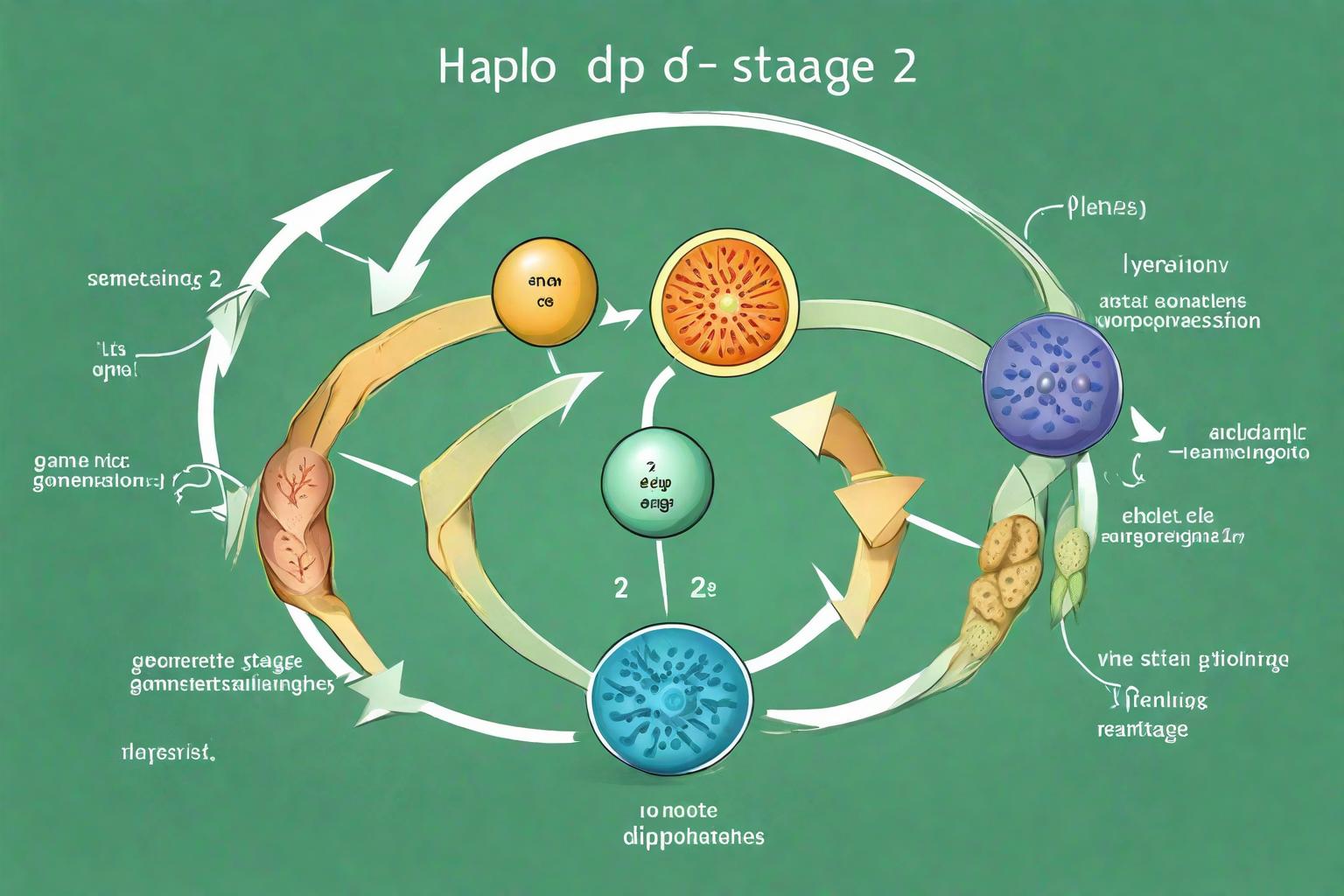Introduction
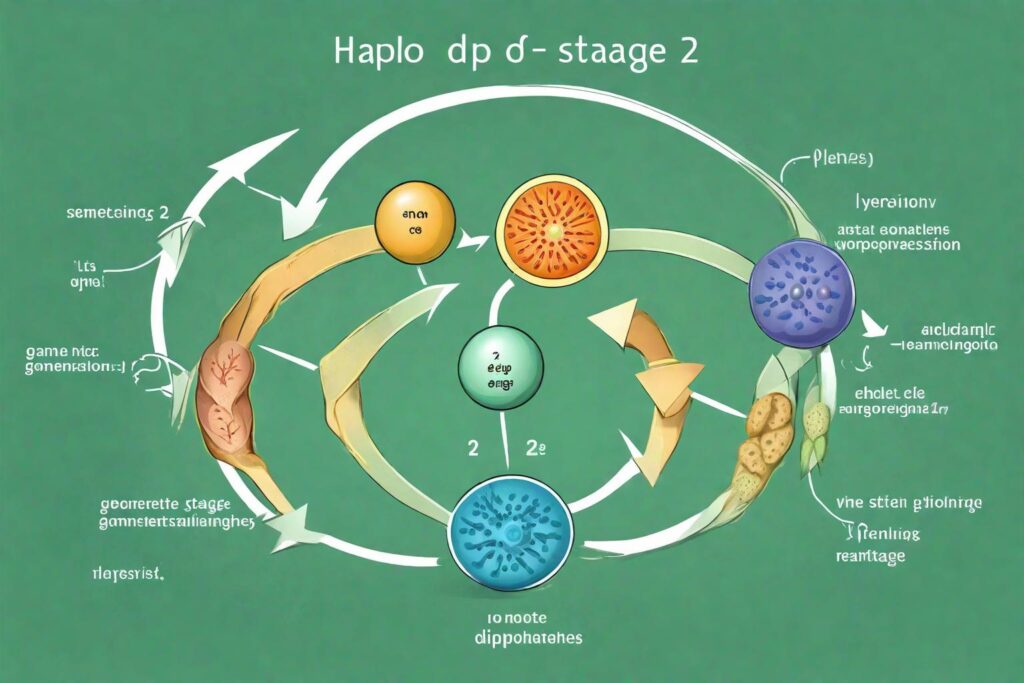
The concept of ‘alternation of generations’ is a fascinating and fundamental aspect of the life cycles of many plants and algae. It is a process that involves two distinct forms in an organism’s lifecycle, each giving rise to the other. This article delves into the intricacies of this phenomenon, with a particular focus on how it manifests in the life cycles of various plants and algae.
Read this also What can be used instead of tamarind paste in indian curries(2024,updated)
Table of Contents
Understanding Alternation of Generations
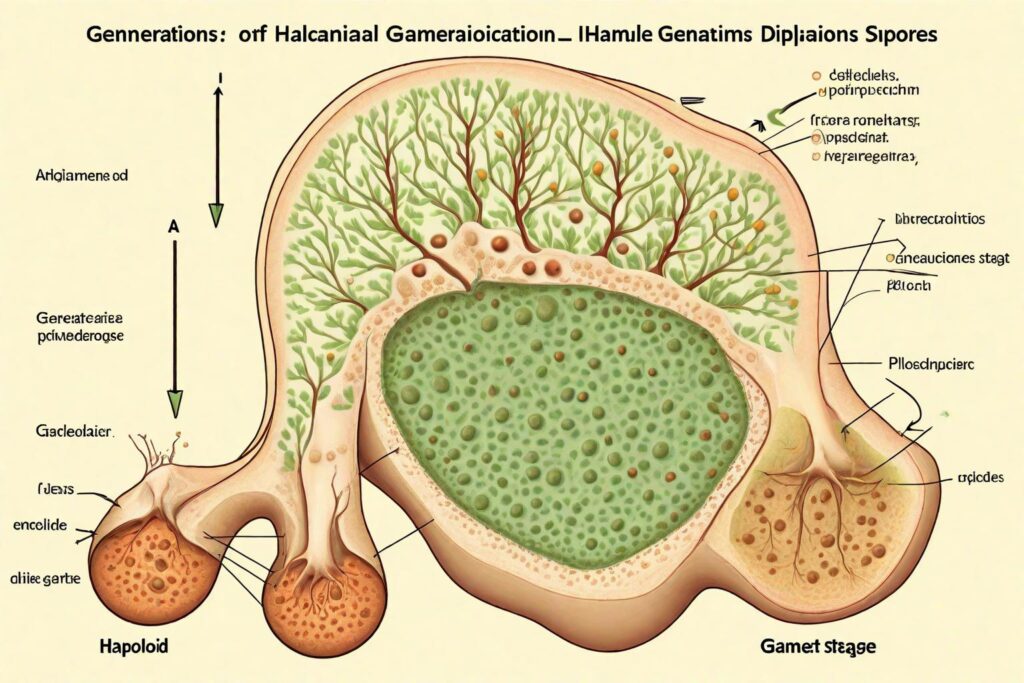
Alternation of generations refers to a reproductive cycle in which an organism alternates between two forms: the haploid (n) and diploid (2n) stages. The haploid stage produces gametes (sex cells), while the diploid stage involves the formation of spores. This cycle is a cornerstone in the life histories of many plants and some algae, showcasing the incredible diversity and adaptability of these organisms.
Alternation of Generations in Mosses and Ferns
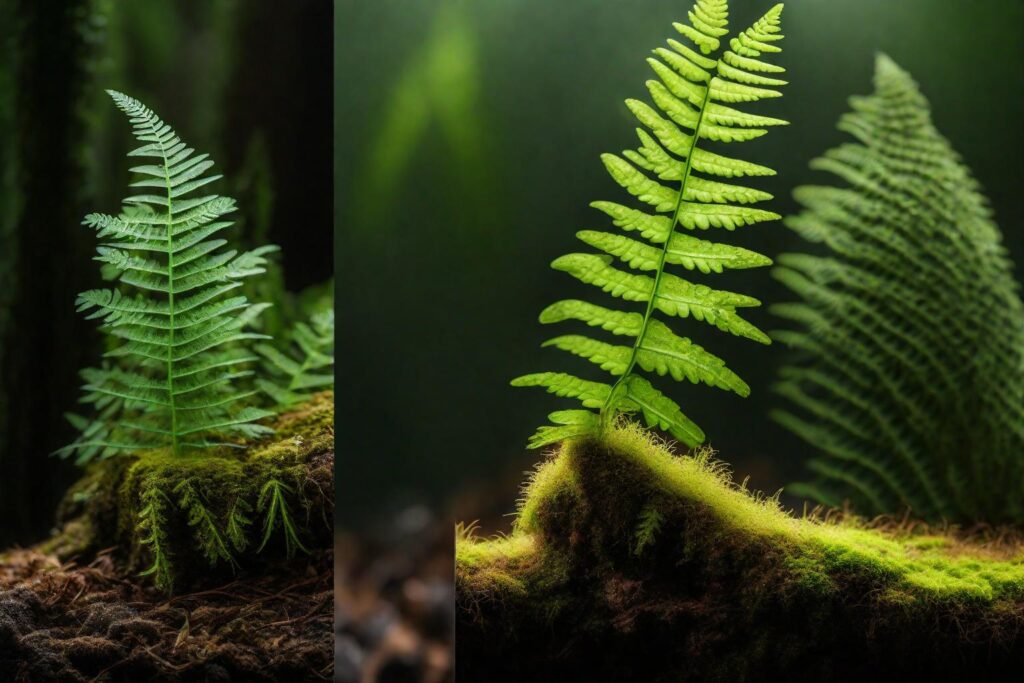
Mosses and ferns are excellent examples to explore this phenomenon. In mosses, the most conspicuous stage is the haploid gametophyte, which is green and photosynthetic. It produces gametes that fuse to form a diploid sporophyte. This sporophyte, however, is often less conspicuous and remains attached to the gametophyte, relying on it for nutrition. In contrast, ferns display a more dominant diploid sporophyte stage, which we commonly recognize as a fern. The haploid gametophyte in ferns is a small, often heart-shaped structure that is less commonly observed.
The Case of Flowering Plants
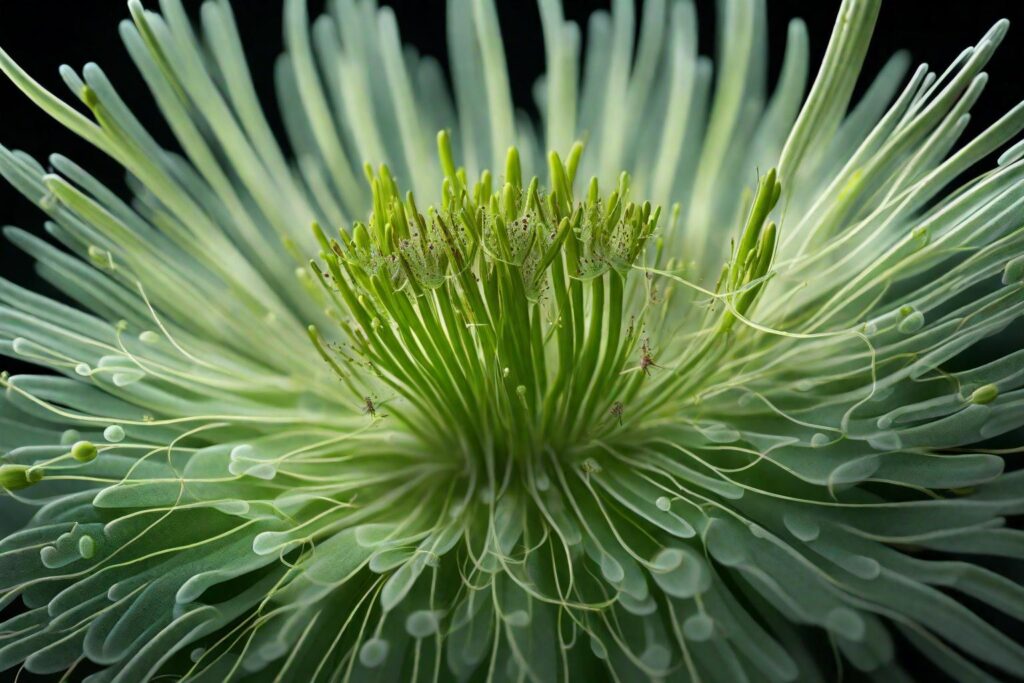
In flowering plants (angiosperms), the alternation of generations is present but less obvious. The dominant stage in these plants is the diploid sporophyte, which forms the flowers. Within the flowers, the gametophytes are reduced to a few cells. The male gametophyte is the pollen grain, while the female gametophyte resides within the ovule. The interaction between these gametophytes during fertilization leads to the development of seeds, thus continuing the cycle.
Algae and Their Unique Patterns
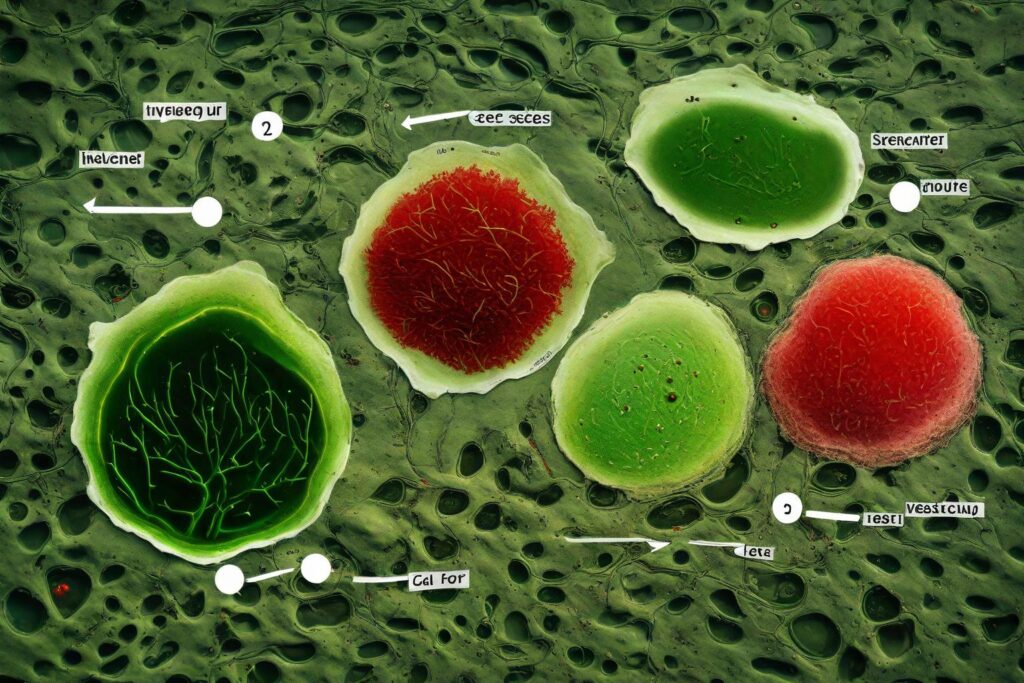
Algae present a diverse array of patterns in their life cycles. Some, like the green algae, exhibit a similar alternation of generations to land plants. Others, such as certain red algae, have complex life cycles involving three stages – two diploid and one haploid. The diversity in algae underscores the evolutionary adaptability of this life cycle strategy.
Environmental Implications

Understanding the alternation of generations is not just academically intriguing; it has significant environmental implications. This knowledge helps in the conservation of plant biodiversity, understanding ecological interactions, and even in agriculture, where knowledge of plant life cycles can inform breeding and cultivation practices.
Conclusion
The phenomenon of alternation of generations is a testament to the complexity and diversity of life on Earth. This process plays a crucial role, from the lush greenery of moss-covered forests to the vibrant colors of blooming flowers. By studying these cycles in different organisms, we gain insights into the evolutionary history and ecological relationships of our planet’s flora.
FAQs:
What is the simplest form of plant that shows alternation of generations?
Mosses are among the simplest plants that exhibit this phenomenon.
Do all plants undergo alternation of generations?
Yes, all plants, including angiosperms, gymnosperms, ferns, and mosses, undergo this cycle, though it varies in prominence and form.
Is the alternation of generations unique to plants?
While most notable in plants, some algae also exhibit this life cycle.

